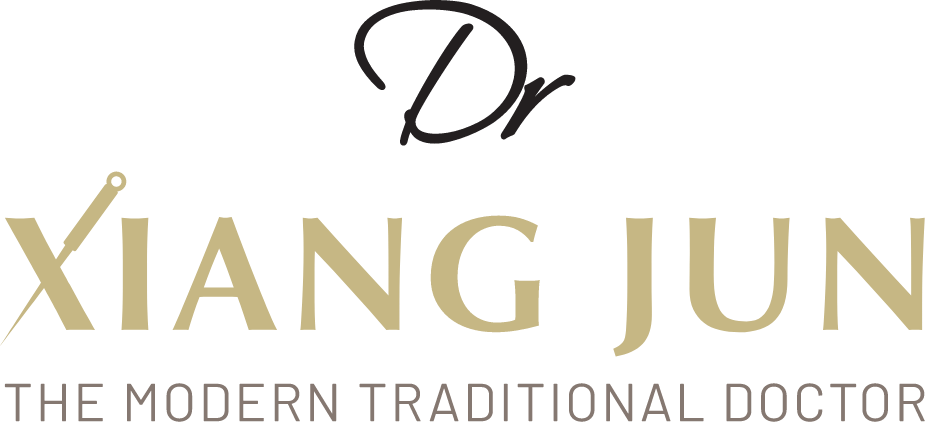Interesting TCM Fact 101: Complexity of TCM Pulse Taking
As seen in my previous blog post, I have mentioned that Traditional Chinese Medicine (TCM) doctors take pulse of patient to feel for the small changes in the landscape of the body. It is almost like a CT scan which doctors can identify which organ system is out of balance or blocked.
28 Pulse Types
There are in fact 28 different pulse types to distinguish diseases. This requires the years of training of sensitivity and skills of the TCM doctor to identify the different pulse types at his or her fingertips.
To make things even more complicated, beyond 28 pulse types, the pulse quality felt at different depths and different fingers of the doctor are two of the other pulse taking techniques in classic TCM to have an insight to the internal body conditions of patient.
3 Pulse Depths
The depths of the pulse can be simply divided into 3 main parts namely Heaven, Earth and Man. They represent different areas of the body which can provide more information to the inner landscape of the body condition.
3 Pulse Segments
Pulse examination is the symbol of Traditional Chinese Medicine and also one of the features of Chinese medicine. In many writings related to Traditional Chinese medicine, the pulse-taking-with-three-fingers are always considered as an important diagram. And, whenever Traditional Chinese Medicine is mentioned, the image of pulse-taking-with-three-fingers will come to most people's mind.
The fingers rested on the pulse represent different body parts as well depending on the school of thought, which can provide even greater insight into the internal health condition.
Pulse taking looks simple on the outside, but can you see how intricate it is and the years it takes to master? Considering this is just one of the techniques for diagnosis, I believe it is only right that the value of a real (uncommercialized) TCM doctor goes way beyond that of an MRI machine.


